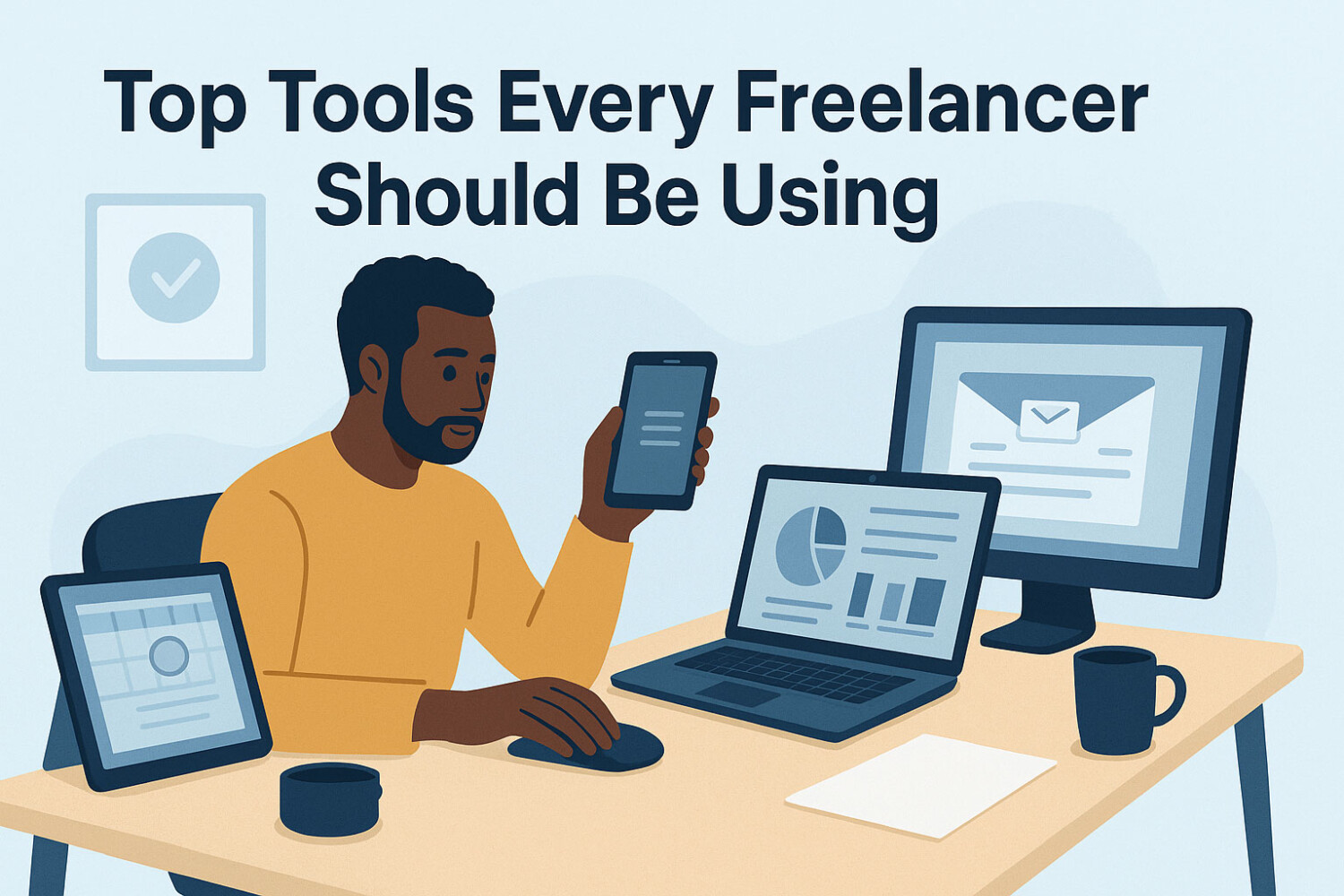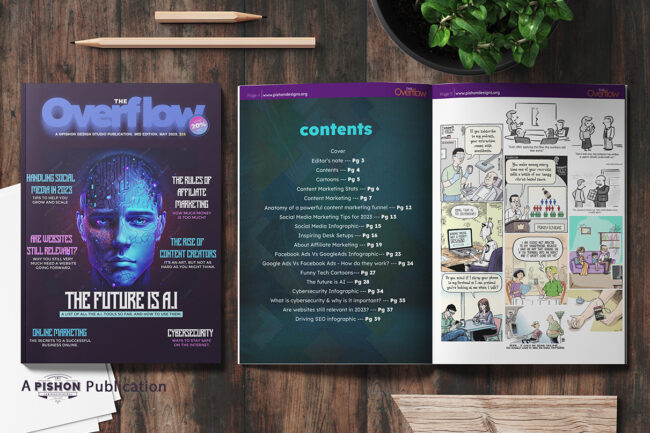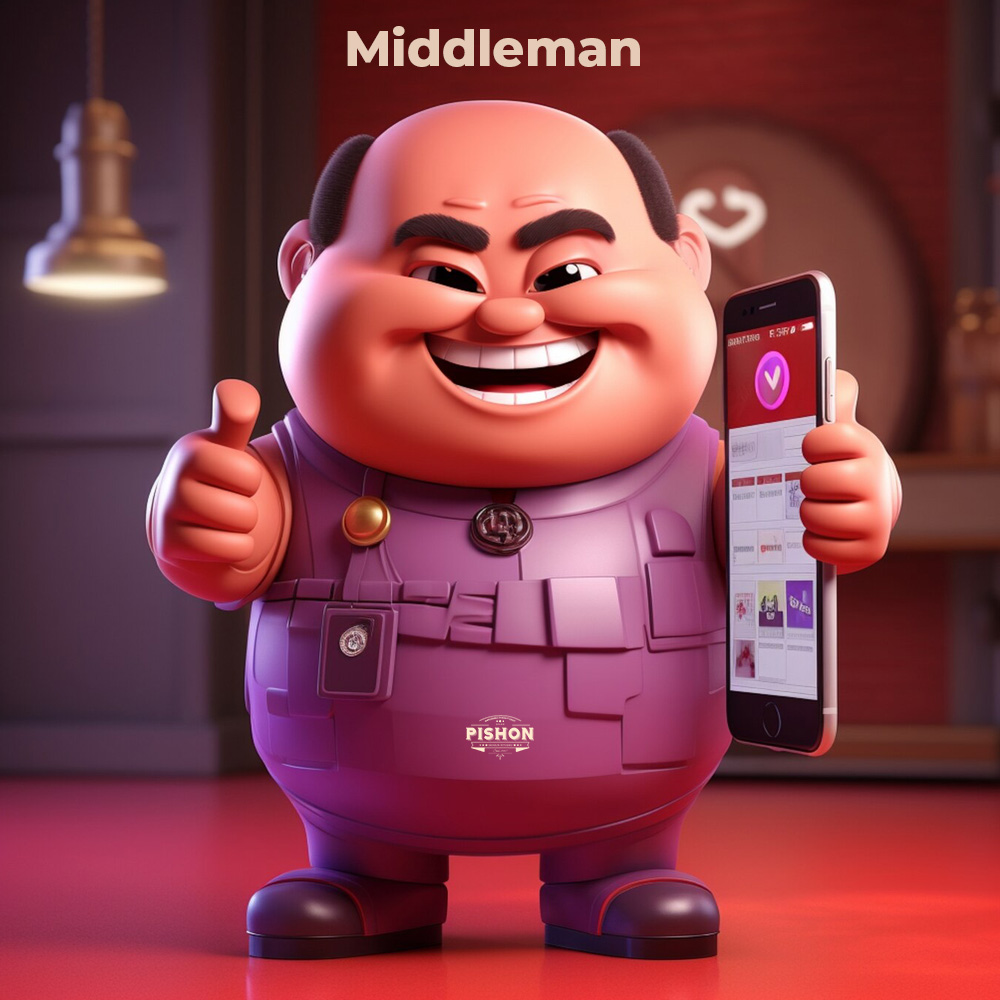Freelancing is freedom — until it starts to feel like chaos. You’re juggling deadlines, invoices, design edits, email threads, and the occasional client who forgets what they asked for. These freelancer tools will help you fit some sense in the chaos.
Top Freelancer Tools
If you don’t have systems in place, it’s easy to drown. The difference between struggling freelancers and those who thrive? Tools. The right ones.
Below are the tools I recommend to freelancers who want to keep their sanity, look professional, and actually grow their business — not just chase gigs.
1. Notion – Your Brain, But Organized
Everything lives here: to-do lists, client notes, project timelines, blog ideas, invoices — you name it. Notion lets you create a structure that works for you. And once you do, you’ll wonder how you ever managed without it.
I used to have a dashboard for each of our clients. When someone calls randomly, I pull it up and I know exactly where we left off. It’s that good.
2. Canva Pro – It’s really worth it tho’.
You don’t need to hire a designer for every little thing. Canva Pro makes it easy to create stunning proposals, social media posts, PDFs, and even pitch decks. I consider myself a pro with photoshop, but I still shelled out the full 1 year sub for canva for quick turnaround brainstorms.
I’ve used it to send client quotes that got approved instantly —it just saves me so much time.
3. Namecheap
A serious freelancer doesn’t just exist on social media. You need a domain and a website. Namecheap gives you both, affordably and reliably.
Clients trust you more when you send them to yourname.com than a random profile link. It’s not just a domain — it’s your first impression.
4. Figma – Collaboration Focused
Figma is lightweight, powerful, and great for both UI/UX work and client feedback. Whether you’re designing a product, planning a site, or just sketching a visual, Figma helps you present it clearly.
Clients can leave comments right on the design. No more 5-paragraph emails trying to explain “move that thing slightly left.”
5. WhatsApp Business – Set Boundaries Without Losing Clients
We all know Nigerian clients love WhatsApp. But instead of using your personal line, switch to WhatsApp Business. You can auto-reply, set away messages, organize chats with labels, and avoid 1am “hello dear” texts.
It helps you stay professional while still being reachable.
6. Google Workspace – Looks Legit
If you’re still emailing from freelancer234@gmail.com, stop. Nothing says “I’m serious” like hello@yourbrand.com. Google Workspace gives you branded email, cloud storage, Docs, Sheets — all in one.
And let’s not lie — it just makes you feel like you’ve arrived.
Bonus: Toggl – Know Where Your Time Goes
Want to charge better? Start tracking your time. You’ll be shocked at how much unpaid “client time” you rack up. Toggl is a free tool that helps you see exactly what eats your day.
Basically…
You don’t need to use 50 tools. Just pick the right 5–7 freelancer tools and build your system around them. Once you’re organized, freelancing feels a lot less like survival — and a lot more like building something real.
If you’re overwhelmed by all this, don’t worry.
Book a free call and let’s make your freelance life easier.











